(57) New Tips & Hints
When you set stops/targets, are you using electronic or U.S. pit sessions?
ANSWER:
This week I decided to address a question on trading tactics, which was sent in by long-term customer Dennis Lithgow of Arizona. It is an important question for those interested in trading futures markets. In my book, Mastering Elliott Wave, I warned of the dangers of plotting cash prices 24-hours-a-day. The reasoning then (1989), based on observation and fact, was that each country had their own version of a particular market. For example, a Gold futures contract in the U.S. was not the same as a Gold Futures contract in London. In addition, when something new happened say in a U.S. market, you would frequently witness that same behavior when Japan opened and again when London opened (this still happens among the stock exchanges of the world). As a result, plotting cash prices around the clock created choppy looking wave structure that was difficult to decipher and did not appear to obey the rules.
Now, 16+ years later, with the advent of single-contract markets (such as the E-Mini S&P), which are traded nearly 24-hours-a-day, plus the advent of personal, real-time trading platforms (that allow anyone to trade, any time day or night), 24-hour-plots no longer experience the repetitive behavior of the past and therefore produce valid wave structure. Therefore, when possible (unless you are trading a market that only trades during a particular time zone), I recommend using electronic, 24-hour contracts for all wave counts, stop placement and price targets.

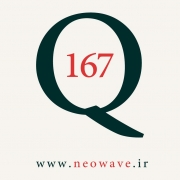
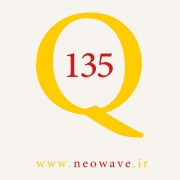
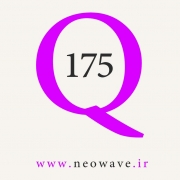
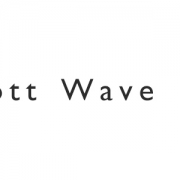
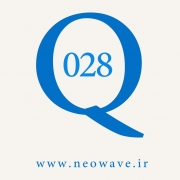
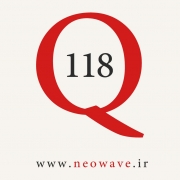
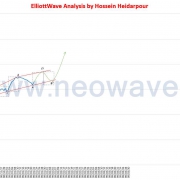
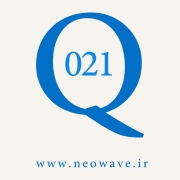


دیدگاه خود را ثبت کنید
تمایل دارید در گفتگوها شرکت کنید؟در گفتگو ها شرکت کنید.